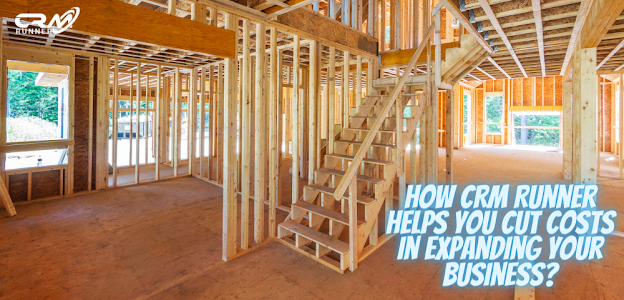Landing Page Vs Home Page: Key differences and when to use what
Are you one of those who think that the landing page is the same as the website home page? If so, this is the right blog for you. If you are new to digital marketing and have heard the word landing page here and there, but still confused as to how is it different from a website’s home page, read on further. Although landing pages appear to be very similar to ordinary homepages, there are a few major characteristics that make them crucial to your digital marketing effort. Let us look into the four major features which differentiate the two.
- Audience and Purpose
Your audience is the first key distinction between your home page and your landing pages.
Landing pages are precisely what they sound like: they’re landing pages.It’s a “page” that appears once someone clicks on one of your ads. Viewers of your landing page, especially with paid search ads, have already expressed interest in your organization or product.
Someone might, for example, type in “Car Repairs in (your city)” and then click on your paid search result. Because you know this individual is explicitly looking for vehicle repairs in your area, you may presume they are further down the sales or conversion funnel than someone who stumbles upon your site by chance.
You may target specific groups who are more likely to convert with these digital ads.
This means that your landing page should be personalized to this specific group of people. Because they are less likely to be browsing your site than organic traffic, your landing pages should just provide them the information and material that will encourage them to convert.
- Links
The sole purpose of landing pages is to convert traffic.Homepages, on the other hand, are required to wear many hats.On a normal homepage, for example, there is usually a navigation bar near the top.There may be a few more site connections in your footer, as well as social media links on your blog. All of these links are required to assist your visitors in getting to where they need to go or interacting with your site in the manner you desire.However, none of these links should be on your landing page.Your main goal is to keep your visitors on your landing page until they convert, therefore you should strive to eliminate these potential distractions.
- Content
Although you can reuse some of the material from your homepage, a landing page should only contain content that is relevant to the deal, product, or service you’re promoting.You know what advertising and search terms led your visitors to your landing page, unlike organic traffic to your site.As a result, your landing page should be tailored to those particular queries or advertisements.
- Call to Action
The fact that a landing page is action-oriented is one of the most significant differences between a homepage and a landing page.To put it another way, landing pages should include a Call-to-Action (CTA) that motivates visitors to convert.Filling up a form, dialing a phone number, or just purchasing your product are all examples of CTAs. Because it’s largely used as a resource, your homepage, unlike landing pages, is unlikely to have a strong and prominent CTA (which is fine).
Landing pages, on the other hand, should stand out by visually and verbally encouraging visitors to convert.
Knowing the difference makes a lot of difference! It is very crucial to know where a landing page fits, specially when you need to launch a marketing campaign. With CRM Runner you can design exceptional landing pages with just a few clicks, no graphics designer required! CRM Runner is a CRM software with landing page builder integrated. You can choose from a variety of templates, colors, fonts and layouts. Contact us on our website form and get ready to see the results!



Comments
Post a Comment